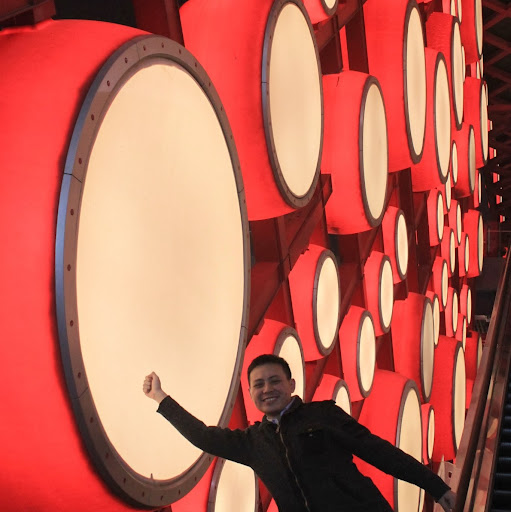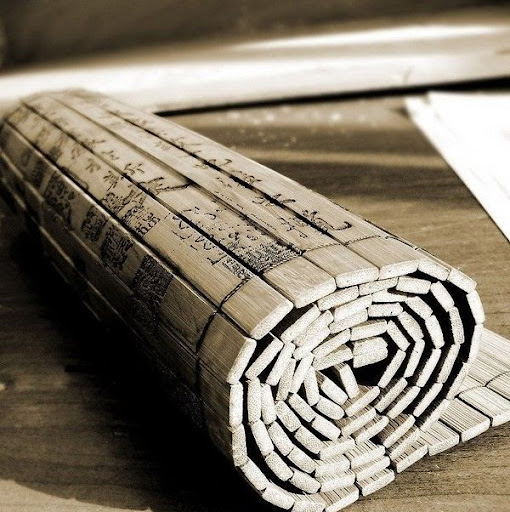Cheng Y Liu
age ~71
from McKinney, TX
- Also known as:
-
- Yuan Liu Cheng
Cheng Liu Phones & Addresses
- McKinney, TX
- Carrollton, TX
- Houston, TX
Us Patents
-
Methods For Identifying Fluid Types Of Underground Formations
view source -
US Patent:6591673, Jul 15, 2003
-
Filed:Nov 28, 2001
-
Appl. No.:09/980128
-
Inventors:Cheng Bing Liu - Houston TX
-
Assignee:Schlumberger Technology Corporation - Sugar Land TX
-
International Classification:G01V 338
-
US Classification:7315218, 7315242, 7315255, 1662525, 1662542, 324346, 324366
-
Abstract:A method of identifying the fluid type of subterranean formations according to the correlation between the variation trend of electrical resistivity with depth downhole in a borehole and the variation trend of porosity with depth downhole in the same borehole. The method includes the steps of: a) determining the rate of change with depth of a resistivity parameter (such as deep resistivity) of the formation surrounding the borehole; b) determining the rate of change with depth of a porosity parameter (such as total porosity and/or free fluid porosity measured by a nuclear magnetic resonance technique) of the formation surrounding the borehole; c) determining a comparison of the rate of change with depth of such resistivity parameter and the rate of change with depth of such porosity parameter for a given depth in the borehole; and d) using the comparison to determine the nature of the fluid in the formation surrounding the borehole at that depth downhole or in a given depth window downhole.
-
Intelligent Diagnosis Of Environmental Influence On Well Logs With Model-Based Inversion
view source -
US Patent:6832159, Dec 14, 2004
-
Filed:Apr 23, 2003
-
Appl. No.:10/249612
-
Inventors:Jan W. Smits - Sugar Land TX
Peter T. Wu - Sugar Land TX
Qiming Li - Sugar Land TX
Cheng Bing Liu - Houston TX -
Assignee:Schlumberger Technology Corporation - Sugar Land TX
-
International Classification:G01V 1100
-
US Classification:702 11
-
Abstract:A method for identifying environmental effects in well log data includes selecting a plurality of models, each of the plurality of models including at least one parameter to be optimized; fitting the models to the well log data by optimizing the at least one parameter, the fitting producing a plurality of optimized models; determining an indicator of goodness of fit for each of the plurality of optimized models; and selecting a model representing a best fit of the well log data based on the indicator.
-
Methods And Systems For Resistivity Anisotropy Formation Analysis
view source -
US Patent:6950748, Sep 27, 2005
-
Filed:Jul 25, 2003
-
Appl. No.:10/604492
-
Inventors:Cheng Bing Liu - Houston TX, US
Qiming Li - Sugar Land TX, US
Frank P. Shray - Sugar Land TX, US
Jacques Tabanou - Houston TX, US -
Assignee:Schlumberger Technology Corporation - Sugar Land TX
-
International Classification:G01V003/38
-
US Classification:702 7, 324339
-
Abstract:Techniques for determining a formation property by simplifying various two-geological-layer or multi-geological-layer models into a multi-electrical-layer model. A volume fraction of a layer in a multi-electrical-layer model is determined for an anisotropic region (sliding window) of the formation. The multi-electrical-layer electrical model includes a relative-lower-resistivity layer and a relative-higher-resistivity layer. A high-resolution resistivity measurement is used in the determination and resistivities for the relative-lower-resistivity layer and for the relative-higher-resistivity layer based on the volume fraction and bulk resistivity measure ments of the anisotropic region are determined. The formation property is based on the volume fraction, the resistivity of the relative-lower-resistivity layer, the resistivity of the relative-higher-resistivity layer, a total porosity of the anisotropic region, and bulk resistivity measurements of the region.
-
Heterogeneous Network Load Balancing
view source -
US Patent:20150141013, May 21, 2015
-
Filed:Nov 19, 2013
-
Appl. No.:14/084578
-
Inventors:- Atlanta GA, US
Hongyan Lei - Plano TX, US
Cheng P. Liu - Johns Creek GA, US
Yonghui Tong - Alpharetta GA, US -
Assignee:AT&T Mobility II LLC - Atlanta GA
AT&T Intellectual Property I, L.P. - Atlanta GA -
International Classification:H04W 36/32
-
US Classification:455436
-
Abstract:A user equipment device cell reselection procedure includes scaling factors that are based on cell-types of a camping cell and neighbor cells and a mobility state of the user equipment device. The scaling factors can be received in a system information block message. During an idle mode cell selection/reselection procedure, the user equipment device can apply the appropriate scaling factor to the hysteresis during the cell selection/reselection procedure.
Name / Title
Company / Classification
Phones & Addresses
Director
EDGE INTERNATIONAL INVESTMENT GROUP INC
Investor
Investor
711 Wheelhouse Dr, Stafford, TX 77477
Managing
FURNITURE TODAY ENTERPRISE, LLC
11321 Bissonnet St, Houston, TX 77099
Director/p, Director/President
BOBA EXPRESS OF AUSTIN, INC
10415A Westpark Dr, Houston, TX 77042
10415 Westpark Dr, Houston, TX 77042
9104 Bellaire Blvd, Houston, TX 77036
1906 Guadalupe St, Austin, TX 78705
10415 Westpark Dr, Houston, TX 77042
9104 Bellaire Blvd, Houston, TX 77036
1906 Guadalupe St, Austin, TX 78705
Director
EWEST INC
6300 Corporate Dr #319, Houston, TX 77036
2239 Southgate Blvd, Houston, TX 77030
2239 Southgate Blvd, Houston, TX 77030
Lawyers & Attorneys

Cheng Liu - Lawyer
view sourceAddress:
King & Wood
1058785170 (Office)
1058785170 (Office)
Licenses:
New York - Currently registered 2006
Education:
New York University School of Law
Specialties:
Antitrust / Trade Law - 34%
Commercial - 33%
Corporate / Incorporation - 33%
Commercial - 33%
Corporate / Incorporation - 33%
Resumes

Graduate From The University Of Texas At Arlington - College Of Business Administration
view sourceLocation:
Dallas/Fort Worth Area
Industry:
Accounting

Cheng Chou Art Liu
view source
Cheng Liu
view source
Cheng Liu
view sourceYoutube
Myspace

Yu Cheng Liu
view source
Hector Cheng Liu
view source
Cheng Cheng Liu
view source
Kit Cheng Liu
view source
Chang Cheng Liu
view source
Jin Cheng Liu
view source
Cheng H Liu
view source
Cheng Wei Liu
view sourceGoogleplus

Cheng Liu
Work:
Microsoft Research Asia - Research Intern (2012-2012)
Education:
Beijing University of Posts and Telecommunications - Pattern Recognition, Nanchang University - Communication Engineering

Cheng Liu
Education:
University of Electronic Science and Technology of China
Tagline:
Shadow

Cheng Liu
Education:
Wake Forest University - Music & Finance

Cheng Liu
Bragging Rights:
访学一年 make it count!

Cheng Liu
Education:
Vellore Institute of Technology

Cheng Liu

Cheng Liu

Cheng Liu
Plaxo

cheng liu
view source中水五局

Cheng Liu
view sourceMedbiocom

Cheng Liu
view sourceMilpitas, CA
Get Report for Cheng Y Liu from McKinney, TX, age ~71





